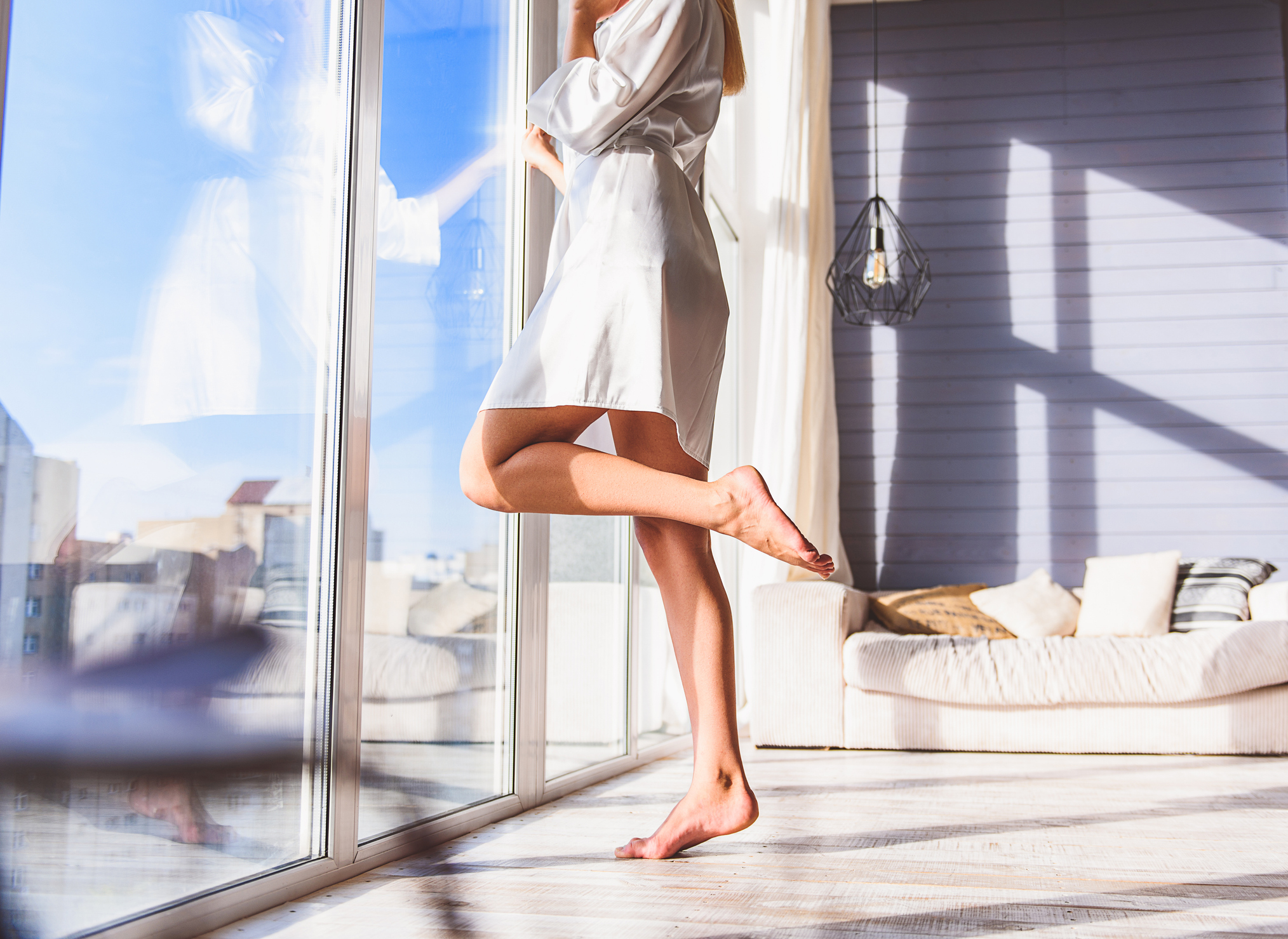As the leading varicose vein treatment center in the state, the Vein Institute of NJ has decades of experience with various vein treatments and vein removal procedures. One of the most common questions we get asked is what causes spider veins and varicose veins, and should I be worried about them?
First, we want you to know that these conditions are not dangerous, but we do recognize they can be uncomfortable and upsetting, especially when you wear clothing that may expose your legs.
Primary Causes of Vein Issues
Varicose and spider veins are damaged veins. We develop them when tiny, one-way valves inside the veins weaken. In healthy veins, these valves push blood in one direction — back to our heart. When these valves become damaged, some blood flows backward and accumulates in the vein. Extra blood in the vein puts pressure on the walls of the vein.
With continual pressure, the vein walls weaken and bulge. In time, we see a spider, or even, a varicose vein. Some people have a higher risk of developing vein issues. Genetics may put you at a higher risk. Many people get them because they sit or stand for long periods of time. These veins also become more common with age and during pregnancy. Obesity, hormonal changes, or an injury may also cause vein issues to occur.
Spider Veins
Not all spider veins exhibit the classic web-like blemish. In fact, spider veins appear in three distinct patterns:
- Linear spider veins appear to form a line of tiny blood vessels.
- Starburst spider veins have a central area from which the veins radiate outward.
- Arborizing spider veins have a tree-like branching appearance.
Whatever the pattern, most spider veins appear between the ages of 18 and 35, and reach their peak of prominence between the ages of 35 and 60, with individual spider veins measuring between 0.5 and 1 millimeter in diameter.
Varicose Veins
Varicose veins are distinguished from spider veins by their larger size, measuring more than 3mm, or about one-tenth of an inch across. Though many people think varicose veins affect only women or older people, about 25 to 40 percent of men develop varicose veins by the age of 60, and with its hereditary influence, some people may develop varicose veins while still in their 20s. There is also a strong link between pregnancy and the development of varicose veins.
Having spider or varicose veins can affect more than your appearance. These veins can cause pain and discomfort. Poor flow in the veins can also cause open sores to develop on your leg that can be difficult to heal.
What Can I Do About My Veins?
Non-invasive and minimally invasive treatments can get rid of or fade leg veins and provide the appearance you desire. These treatments can also diminish symptoms like pain and fatigue as well as prevent complications.
As vascular physicians, we are most qualified to treat the full spectrum of vein and vascular issues. It is our core focus and specialty. For over 55 years, our vein specialists have been treating patients for a variety of vein diseases. In fact, we have the top-rated vein treatment centers and most experienced vein specialists in New Jersey.
We pride ourselves on delivering practical, honest and adept care. We recognize that cosmetic vein care can be as much about delivering comfort and assurance as it is about delivering proper and safe medical care. Our vein treatments may not be for everyone. This is why our consult service is so important. Here, we can determine the type of results you are looking to achieve so we are able to meet those expectations as much as possible.









.jpg?width=944&name=Castle-Connolly-Top-Doctors-Emblem-Large%20(4).jpg)